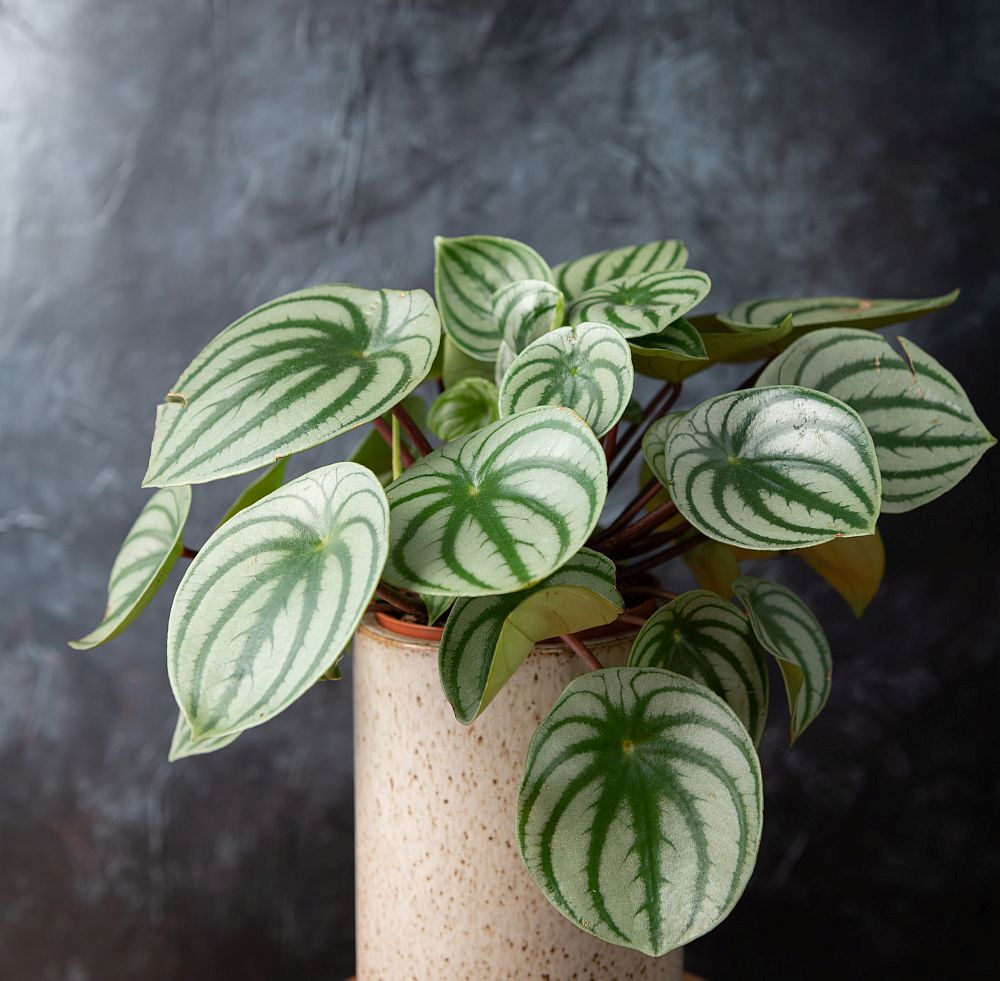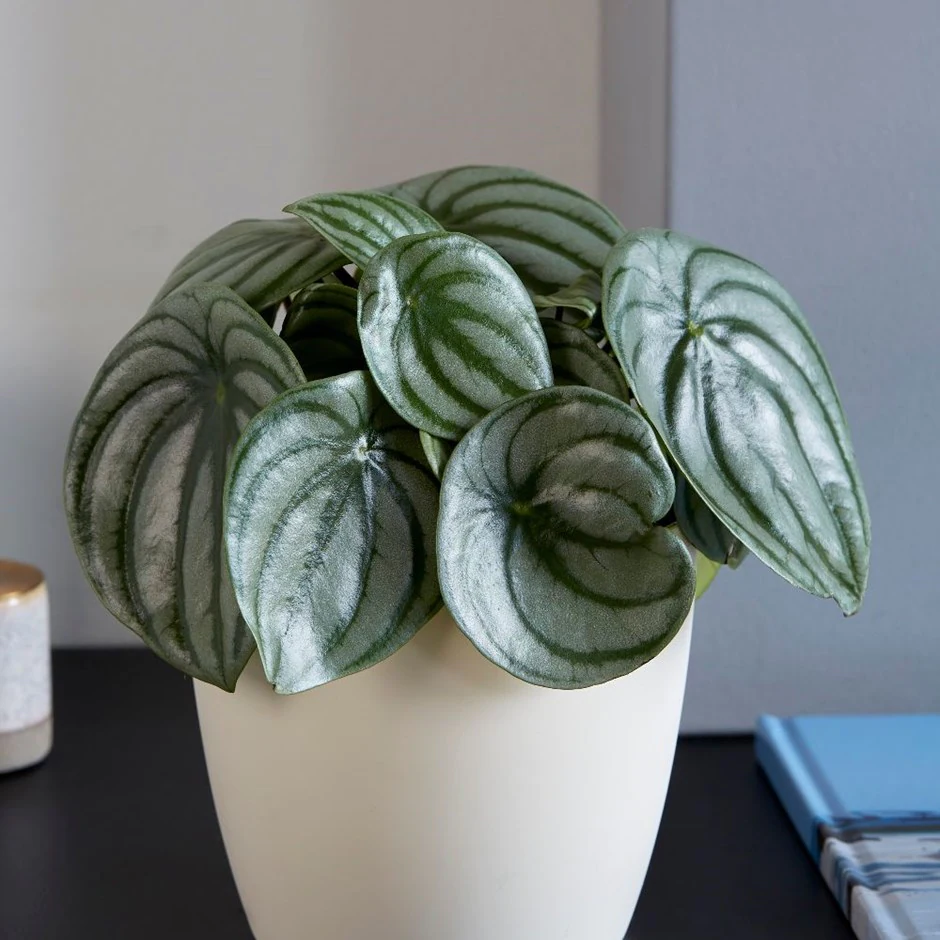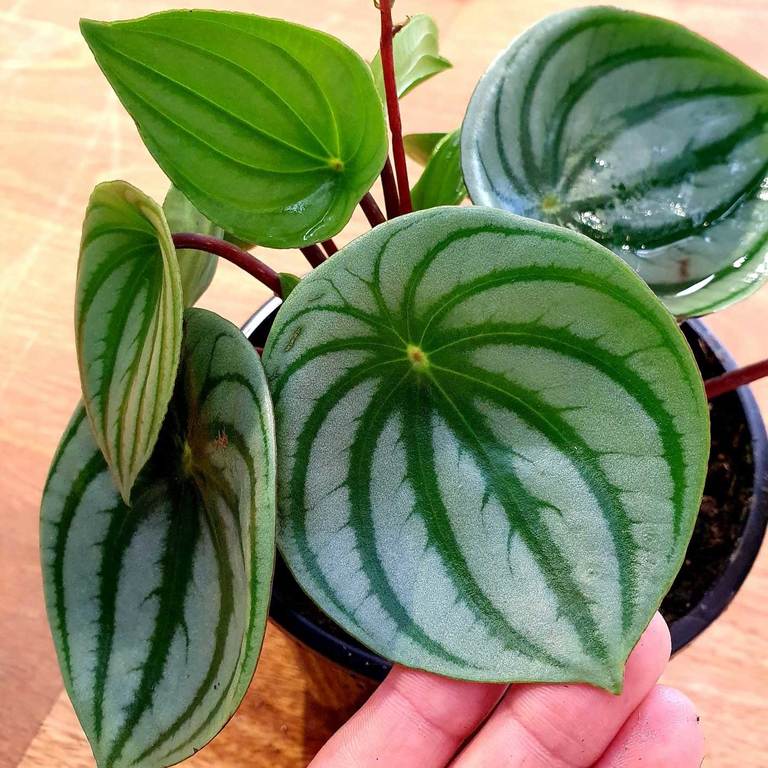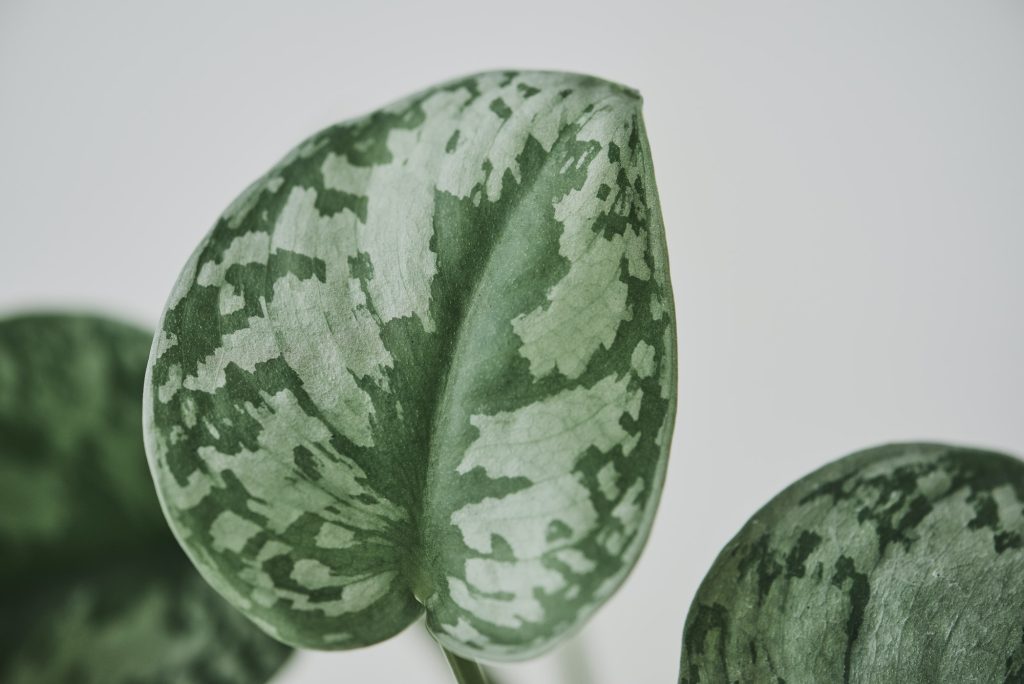The watermelon peperomia plant is no doubt one of the most attractive plants to ever exist. The plant leaves have resembling patterns as the watermelon fruits, alongside their unique shade has contributed to how much this plant is desired.
The small-sized plant gives its charm off when it is placed in the home. Not only does the watermelon peperomia plant have distinct foliages from the other peperomia varieties, but its leaves also give off a shimmery appearance, especially when it comes in contact with sunlight.
Growing plants with stunning foliages come with its troubles, and we have discovered that a lot of people shy away from owning them because of fear of not caring for them right.
Watermelon peperomia, although unique, is one of the easiest to grow houseplants, even perfect for beginners. Following this beautifully compiled watermelon, peperomia care and propagation guide will land you a healthy stunning watermelon peperomia in no time.
This guide not only helps you learn better ways to care for your watermelon peperomia but also propagates them the easiest way.
Watermelon Peperomia Explained
Watermelon peperomia (Peperomia Argyreia) is one of the two genera of the Piperaceae family, plant stands amidst over 900 other varieties. Apart from “watermelon peperomia”, the plant also goes by common names such as creeping buttons, crocodile tears, dwarf pepper, watermelon plant, etc.
The most notable part of the peperomia plant is its nicely shaped leaves, thick, shiny green with a silver-lined colored pattern. Although watermelon peperomia is a flowering plant, it is mostly grown for its leaves.
The plant stays small at about 2 to 3 inches, even when they reach maturity, the watermelon peperomia is a slow-growing plant, giving you all the time to care and watch it as it grows.
| Common name | Watermelon peperomia |
| Scientific name | Pilea Argyreia |
| Light | Bright, indirect light |
| Plant type | Perennial |
| Soil type | Loose well-draining soil |
| Soil pH | Acidic |
| Native | South America |
| Toxicity | Non-toxic |
Watermelon Peperomia Propagation
With the watermelon peperomia, propagation has never been easier! It is no wonder that the watermelon peperomia is often referred to as a friendship plant, because of how easy it is to share and propagate.
The best time to propagate is during growing seasons; spring or summer.
It is not advisable to grow your plants in winter as this time is referred to as their dormant season. The best and easiest way to propagate your watermelon peperomia is via division and stem cutting.

1. Division
Adherence to the steps provided below will help you do this with no stress.
- Get a mature and healthy plant; ensure that your plant is free from any disease or pest problems, so as not to have them transferred.
- Shake off the soil that is attached to the roots of your mother plant. While you do this, be careful so you do not trash the roots alongside the soil. Try as much as possible to get the root separated from the soil.
- Divide the plant into as many as it can take (preferably 2 to 3). Be sure that each cutting has roots attached to them.
- Replant each division into individual pots, water it thoroughly, and ensure to keep the soil moist consistently for about 2 weeks. After 3 weeks, you can begin to care for it like you would an adult gold dust peperomia plant.
2. Stem Cutting
The watermelon peperomia plants do not require a leaf node to propagate properly, they do not branch at the point where the stem is cut. This method is called is leaf cutting.
- Select the leaves you will like to use and cut out from a healthy watermelon peperomia plant. You must do this with the use of a sharp sterilized knife or shears.
- If the petiole is too long, you can trim it down to a portable size or about ¼ inch left.
- Prepare a pot of loose, moist potting mix. We recommend that you pre-moisten the soil by watering it before the plants go in.
- Plant these leaves (depending on how many you choose to plant) and place the plant pot where it can receive a medium to bright indirect light. Ensure to always keep the soil moist, however, be careful so it doesn’t get waterlogged.
- In 4 to 6 weeks, the plant should begin to have new growth sprouting from the leaves plant. Allow the plants to take root properly before you re-plant.
Watermelon Peperomia Plant Care Guide
Water: the watermelon peperomia will appreciate being watered thoroughly. Ensure that the soil properly gets soaked during watering; this is so the root has enough water.
Although this plant wants to be watered it doesn’t want to be overwatered, to achieve this balance, make sure the top inch of soil completely dries out before watering or make use of a soil moisture sensor to identify when your plant needs watering.
1. Light
Watermelon peperomia thrives best in bright, indirect light. Make no mistake in placing them in bright, full sun as this can make their colors and patterns fade away. They will also not do well in complete shade or low light; instead, they will experience slow, leggy growth and have small leaves.
If you notice your plant is beginning to fade, it is best to move it from its present location to another, preferably, we recommend an east or west window, also there should be a curtain or blind between the plant and the sun.
2. Soil
These plants will do well in most standard potting mixes. However, you should take extra effort to ensure your plant’s soil is loose and well-draining. You can purchase a plant potting mix with peat moss and perlite; this will further help the soil to drain properly.
Remember that although the watermelon peperomia looks like a succulent, it is not a succulent plant; hence do not purchase potting soil, prepared for succulent plants as this will not take in as much water as required.

3. Humidity
These plants are from tropical regions and this indicates that they grow best in a high level of humidity. The normal household humidity is sufficient for them; however, if you live in dry or hot climates, it is recommended that you seek alternative means to increase humidity for them.
You can purchase a plant humidifier, or mist your plant regularly (every day). Another effective means of increasing humidity is to make a pebble tray and place your plant on it.
4. Temperature
They love to be kept in warm temperatures; preferably between 60 and 80 degrees F. you shouldn’t grow your watermelon peperomia plant in temperatures below 50 degrees F. These plants do not do well in hot or cold drafts; ensure that they are kept from in or outside vents.
5. Fertilizer
Although these lovelies will grow well without fertilizers, giving them some dose during the growing seasons will do them no harm. However, you should dilute the fertilizer to half its recommended dose.
Fertilize them in spring and early fall; however, it is not advisable to fertilize these in winter. Make use of standard indoor houseplant soluble fertilizer.
Growing Tips For Watermelon Peperomia
Also note that the watermelon peperomia is both sensitive to overwatering and under-watering, hence be careful, so the plant isn’t completely dried out. It is required that you water more in dry months and waterless in the winter or cold months. Here are some growing tips to help.
- These lovelies do not require pruning, however, they can be trimmed. This should be done if you think their growth is going beyond what you want.
- The watermelon peperomia loves to be root bound; you should only re-pot them when they have become bigger than their current pot.
- If you notice your plant’s leaves are dropping, it is either that you are overwatering your plant or they are placed in cold temperature. For overwatering, reduce the measurement of watering and only water when the topsoil is dried. For cold temperatures, simply move your plant to a warmer temperature.
- Coldwater can cause shock for these little ones and make their leaves drop. You should only water with room temperature water.
- Root rot comes as a result of over-watering, poor soil, or wrong pot. We advise that you first observe your plant to identify the problem and adjust appropriately.
- Overwatering can also lead to yellow leaves; ensure you get it right with watering.

- Pests such as mealy bugs, spider mites, and whiteflies can become attracted to your plants; you should isolate the affected plants and treat them before joining them with others.
FAQs
On caring for watermelon peperomia plants.
Is Watermelon Peperomia Toxic To Humans And Pets?
No, the watermelon peperomia plant isn’t toxic, both to humans and pets they are considered medicinal and edible.
How Long Can My Watermelon Peperomia Plant Live?
With proper care, your watermelon peperomia can live for over five years. If you like your plant to live longer, then you should propagate them.
How Fast Can My Watermelon Peperomia Plant Grow Indoors?
When placed indoors, the watermelon peperomia can grow to maturity in a few years. They are slow growers, hence you do not have to worry that something is wrong.
Why Does My Watermelon Peperomia Plant Have Long Stems And Small Leaves?
A leggy stem and small leaves are a sign that your plant isn’t receiving enough light as it should. If you notice that your plant has these characteristics, we advise that you move it to a brighter location for adjustments.
Is Watermelon Peperomia A Succulent?
Although they have thick leaves, like succulent plants, they are not succulent plants. This is seen in their care guide, they require different care and treatments as succulent plants, for example, high humidity level, more watering, etc.
Can I Propagate Watermelon Peperomia In Water?
Yes, you can. Apart from the stem cutting and division method, propagating your peperomia plant in water is another easy method of getting young plants off these lovelies.
Are There Benefits Of Growing Watermelon Peperomia?
Yes, there are. In some countries, watermelon peperomia is used as medicine; the plant has in it, anti-oxidant, antibacterial, and anti-inflammatory properties. They are usually used for dressing wounds, joint pain, etc. All the parts of the plant are edible and have a coriander-like taste. In its origin, it is considered good luck to be gifted the watermelon peperomia plant.
Final Thoughts
Having the watermelon peperomia in your home or office makes the room aesthetically pleasing. The plant fits perfectly for office desks, small shelves, windows, etc. although it is easy to grow; we advise that its care routine is done properly.
Propagation helps you have more than one type of this plant in your home and around you, it could even be given out to family and friends as gifts, it is considered a good luck plant.
Continue reading:

